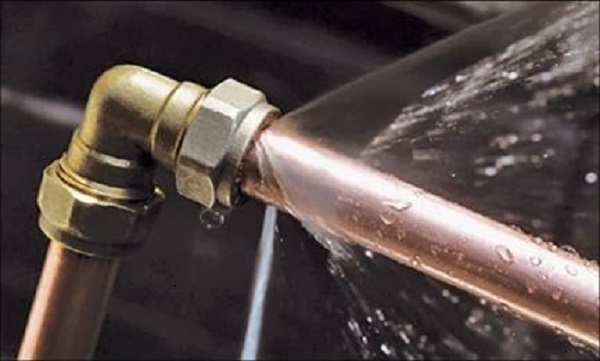Homeowners and tenants living in rental properties need to know what the most common household plumbing problems are in order to make repairs quickly on their own. Alternatively, some plumbing problems require the services of a qualified plumber with the correct tools. There are also ways to prevent plumbing problems from occurring to avoid needing a repair.
Common Household Plumbing Issue One: Overflowing or Clogged Toilets
A clogged toilet occurs in every home at some time, but it is easy to prepare for this emergency. Everyone should have at least one rubber-tipped plunger that is fast to find when an overflowing toilet occurs. The best place to keep a plunger is underneath the bathroom sink inside a cabinet. Not only can an adult learn how to use a plunger, but also, children and teenagers should know what to do when a toilet gets a clog.
Place the rubber tip of the plunger over the toilet bowl’s drainage hole and push down firmly before pulling the plunger up. This action pushes air into the toilet’s drain to dislodge bathroom tissue. In most cases, the debris begins to flow through the drainage system while making a loud noise.
If the toilet continues to overflow, then it is time to work quickly to avoid a flood. Remove the cover from the toilet’s tank and pull up the ball that is floating inside the tank. This should stop the flow of water, but when it doesn’t, find the valve located on the wall beneath the toilet’s tank to turn off the water. Make sure to mop up the water from the floor before the next step. Look inside the toilet’s tank to determine if the flushing mechanisms are defective.
It is possible to buy these parts at hardware stores to complete a repair, but an excellent alternative is calling a plumber to replace the components and dislodge the clog. Clogs in toilets are less likely to happen when people flush only degradable materials such as bathroom tissue rather than infant diapers or sanitary supplies.
Common Household Plumbing Issue Two: A Broken Water Pipe
Another frequent plumbing problem in a home is having a water pipe break, leading to a massive amount of moisture that can cause property damage. Water pipes are located underneath sinks, in ceilings or behind walls and are often difficult to access. When a pipe underneath a kitchen’s sink breaks, keep the faucet turned off.
There are also valve handles that a property owner can turn to stop the flow of water. The curved pipes underneath a sink are easy to replace with the proper tools. Simply take the broken pipe to a hardware store, and ask a salesperson to help with finding the same length and diameter. A professional plumber can also replace broken pipes, and calling one for difficult to reach pipes is essential.
There are two major reasons why water pipes break, including:
- Water freezing in the winter, leading to a burst pipe
- Degradation caused by age, leading to leaks
Great ways to prevent frozen water pipes include turning up the heat inside a building and wrapping the pipes with insulating materials. Make sure to inspect a building’s water pipes routinely to replace rusty sections before a major flood occurs.
Charlie Teschner started MESA Plumbing, Heating, and Cooling in 1982. Charlie has a journeyman and master plumber’s license. He was raised with a strong work ethic and he now applies those values to tasks such as Longmont, CO heating repair.

